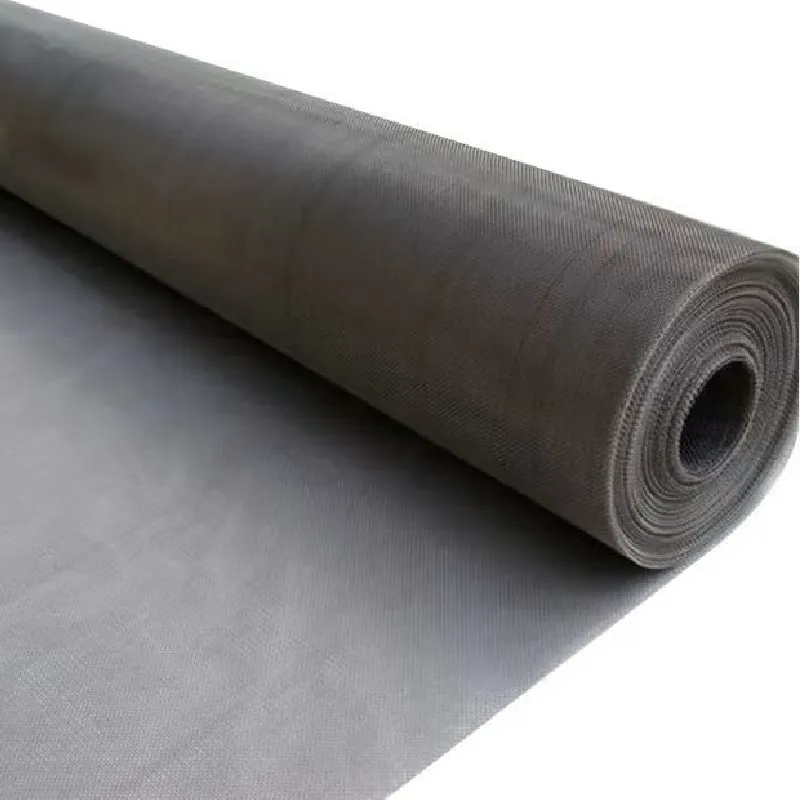-
 Afrikaans
Afrikaans -
 Albanian
Albanian -
 Amharic
Amharic -
 Arabic
Arabic -
 Armenian
Armenian -
 Azerbaijani
Azerbaijani -
 Basque
Basque -
 Belarusian
Belarusian -
 Bengali
Bengali -
 Bosnian
Bosnian -
 Bulgarian
Bulgarian -
 Catalan
Catalan -
 Cebuano
Cebuano -
 China
China -
 Corsican
Corsican -
 Croatian
Croatian -
 Czech
Czech -
 Danish
Danish -
 Dutch
Dutch -
 English
English -
 Esperanto
Esperanto -
 Estonian
Estonian -
 Finnish
Finnish -
 French
French -
 Frisian
Frisian -
 Galician
Galician -
 Georgian
Georgian -
 German
German -
 Greek
Greek -
 Gujarati
Gujarati -
 Haitian Creole
Haitian Creole -
 hausa
hausa -
 hawaiian
hawaiian -
 Hebrew
Hebrew -
 Hindi
Hindi -
 Miao
Miao -
 Hungarian
Hungarian -
 Icelandic
Icelandic -
 igbo
igbo -
 Indonesian
Indonesian -
 irish
irish -
 Italian
Italian -
 Japanese
Japanese -
 Javanese
Javanese -
 Kannada
Kannada -
 kazakh
kazakh -
 Khmer
Khmer -
 Rwandese
Rwandese -
 Korean
Korean -
 Kurdish
Kurdish -
 Kyrgyz
Kyrgyz -
 Lao
Lao -
 Latin
Latin -
 Latvian
Latvian -
 Lithuanian
Lithuanian -
 Luxembourgish
Luxembourgish -
 Macedonian
Macedonian -
 Malgashi
Malgashi -
 Malay
Malay -
 Malayalam
Malayalam -
 Maltese
Maltese -
 Maori
Maori -
 Marathi
Marathi -
 Mongolian
Mongolian -
 Myanmar
Myanmar -
 Nepali
Nepali -
 Norwegian
Norwegian -
 Norwegian
Norwegian -
 Occitan
Occitan -
 Pashto
Pashto -
 Persian
Persian -
 Polish
Polish -
 Portuguese
Portuguese -
 Punjabi
Punjabi -
 Romanian
Romanian -
 Russian
Russian -
 Samoan
Samoan -
 Scottish Gaelic
Scottish Gaelic -
 Serbian
Serbian -
 Sesotho
Sesotho -
 Shona
Shona -
 Sindhi
Sindhi -
 Sinhala
Sinhala -
 Slovak
Slovak -
 Slovenian
Slovenian -
 Somali
Somali -
 Spanish
Spanish -
 Sundanese
Sundanese -
 Swahili
Swahili -
 Swedish
Swedish -
 Tagalog
Tagalog -
 Tajik
Tajik -
 Tamil
Tamil -
 Tatar
Tatar -
 Telugu
Telugu -
 Thai
Thai -
 Turkish
Turkish -
 Turkmen
Turkmen -
 Ukrainian
Ukrainian -
 Urdu
Urdu -
 Uighur
Uighur -
 Uzbek
Uzbek -
 Vietnamese
Vietnamese -
 Welsh
Welsh -
 Bantu
Bantu -
 Yiddish
Yiddish -
 Yoruba
Yoruba -
 Zulu
Zulu
expanded metal fabrication
Expanded Metal Fabrication An Overview
Expanded metal fabrication is a versatile process that transforms flat sheets of metal into durable and lightweight structures, providing a range of applications across various industries. The method involves cutting and stretching a sheet of metal to create a grid-like pattern, resulting in an open mesh with a variety of hole shapes and sizes. This versatility is one of the principal advantages of expanded metal, allowing it to cater to different aesthetic and functional needs.
The Process of Expanded Metal Fabrication
The fabrication process begins with a standard sheet of metal, typically made of materials such as steel, aluminum, or stainless steel. The metal sheet is first cut using specialized equipment, which creates uniform slits in the material. Once the incisions are made, the sheet is subjected to a stretching process that expands the metal in different directions, effectively creating a diamond-shaped hole pattern. This transformation not only increases the surface area of the metal but also enhances its strength-to-weight ratio, making it a popular choice in construction and industrial applications.
One key aspect of expanded metal fabrication is its adaptability to custom specifications. Manufacturers can tailor the size, shape, and thickness of the metal sheets to accommodate specific requirements, ensuring that the final product meets the desired standards. This customization is crucial for projects that may require unique structural support or aesthetic appeal.
Applications of Expanded Metal
Expanded metal is widely used in a multitude of sectors, including construction, mining, and transportation. In the construction industry, expanded metal serves various purposes, such as safety flooring, wall partitions, and reinforcement in concrete structures. Its ability to provide both strength and ventilation makes it ideal for applications where airflow is a concern, like walkways or catwalks in industrial buildings.
expanded metal fabrication

In the mining sector, expanded metal is utilized for securing equipment and creating protective grates. Its durable nature allows it to withstand harsh environmental conditions while providing safety for workers. Additionally, in the transportation industry, expanded metal is often used in the manufacturing of automotive components and as screening material in public transportation systems, helping to ensure safety and security.
Advantages of Expanded Metal
One of the primary benefits of expanded metal fabrication is its inherent strength. The expanding process eliminates the risk of weak points that can be present in welded or solid materials, making expanded metal resistant to deformation. Moreover, its lightweight characteristic translates to easier handling and installation, reducing labor costs and improving efficiency in project execution.
Furthermore, expanded metal is beneficial from a sustainability perspective. The manufacturing process produces minimal waste since the material is stretched rather than cut away, making it an eco-friendly alternative to many construction materials. This aspect is increasingly appealing in an era where environmental considerations are of paramount importance.
Conclusion
In summary, expanded metal fabrication offers a robust and adaptable solution across an array of industrial applications. Its unique manufacturing process results in strong yet lightweight products, suitable for a diverse range of environments. As industries continue to seek innovative and sustainable materials, expanded metal is poised to remain a staple in the fabrication landscape. Whether for structural integrity, safety, or aesthetic design, expanded metal will continue to play a significant role in meeting the demands of modern manufacturing and construction.
-
Shipping Plastic Bags for Every NeedNewsJul.24,2025
-
Safety Netting: Your Shield in ConstructionNewsJul.24,2025
-
Plastic Mesh Netting for Everyday UseNewsJul.24,2025
-
Nylon Netting for Every UseNewsJul.24,2025
-
Mesh Breeder Box for Fish TanksNewsJul.24,2025
-
Expanded Steel Mesh Offers Durable VersatilityNewsJul.24,2025











